While the rest of the world is struggling with rising living costs, China is facing the opposite problem: falling prices.
In July, the world's second-largest economy officially fell into deflation for the first time in two years as consumer prices fell 0.3%, bucking a global trend of rising prices for everything from energy to food.
While lower prices may sound appealing to the average consumer, economists consider deflation a bad sign for the economy. Long-term falling prices mean consumers cut back on spending and companies cut back on production, leading to layoffs and lower wages.
China's economy sliding into deflation is the latest in a series of warning signs that have raised doubts about the strength of the country's post-pandemic recovery.
Growth is lackluster
China has suffered deflation before, but economists are more concerned about the price collapse this time around. The last time prices fell was in early 2021, when millions of people were locked down and factories were closed due to Covid restrictions.
China is now said to be on track to recover after lifting zero Covid measures by the end of 2022. However, China's recovery has been lackluster so far.
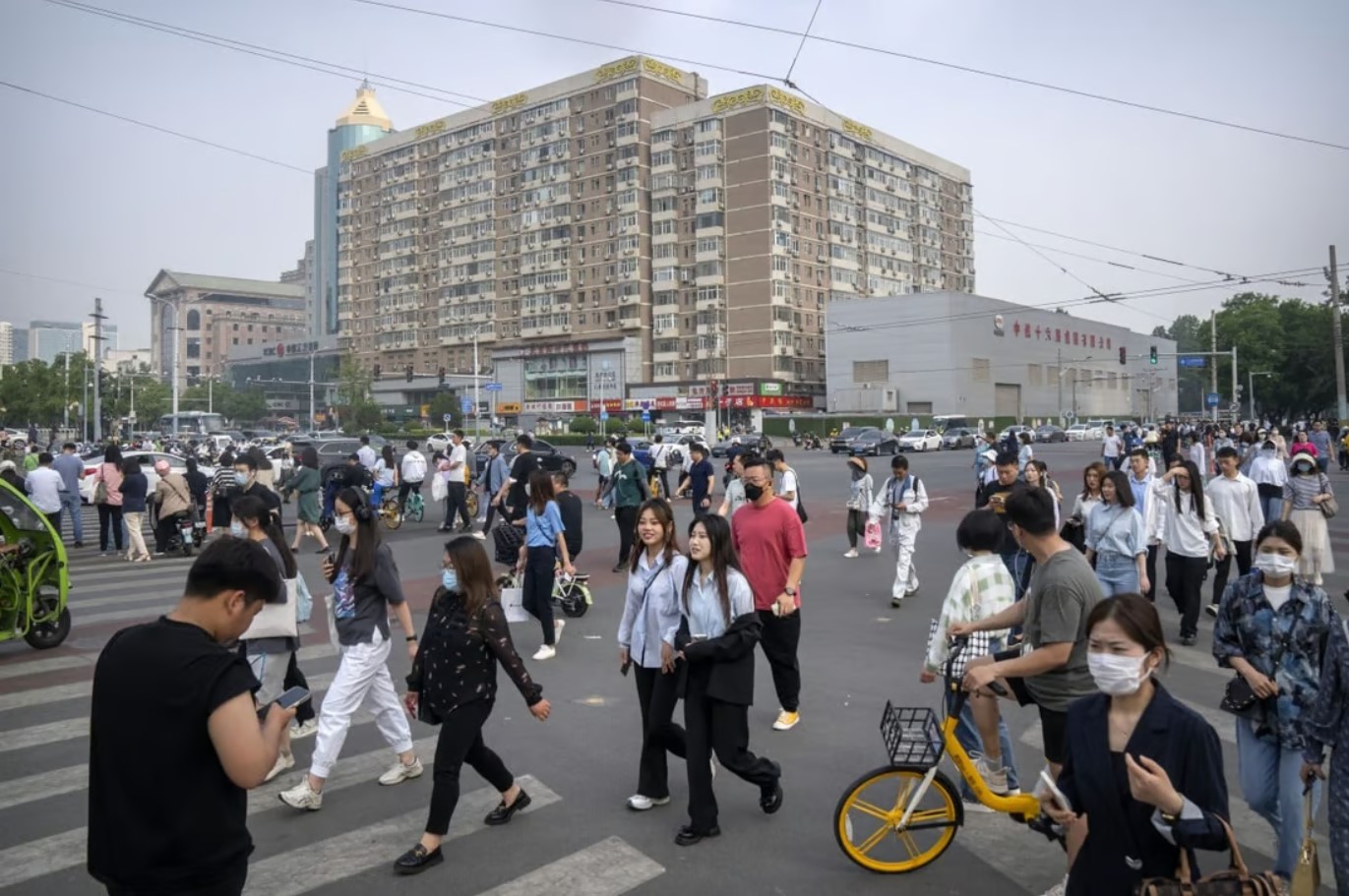
Commuters cross an intersection during the morning rush hour in Beijing, China, on May 16. The world’s second-largest economy is recovering slowly from Covid under pressure from sluggish consumer demand and exports. Photo: SCMP
Although economic growth has recovered from pandemic-era lows, several investment banks have downgraded China's outlook for 2023 amid concerns the country will miss its 5% growth target without major stimulus measures.
At home, Chinese consumers remain cautious about spending after enduring grueling lockdowns, depriving the economy of a crucial consumption boost.
Abroad, countries are importing less from Chinese factories amid an uncertain global economic outlook and rising geopolitical tensions.
Although China's gross domestic product (GDP) growth has recovered from a lull due to the pandemic, it has yet to reach the double-digit growth rates of the early 2000s.
China's economy is facing numerous challenges such as a record low birth rate, declining international trade, high local government debt, a slumping real estate market, etc. In early August, Beijing announced that it would no longer publish data on youth unemployment after the unemployment rate for 16- to 24-year-olds reached 20%.
“China needs something new that will increase household income and consumption, and shift resources away from the state sector and investment to the consumption sector,” said George Magnus, a research associate at the University of Oxford’s China Centre.
Modest goals
While China is struggling with falling prices, the US - the world's largest economic power - is having a "headache" because of inflation.
The US has struggled with rising consumer prices over the past 18 months, and the country's inflation rate in July was still 3.2% compared to the same period last year, significantly higher than the 2% target set by the US Federal Reserve.
While China has officially set a target of 5% for economic growth this year, that would be an annual increase from 2022, a year when economic activity was severely constrained by “zero Covid” rules.
Bloomberg economists say that 5% is equivalent to just 3% under normal conditions, and not much higher than the 2.5% that JPMorgan currently predicts for the US economy. That growth rate is unsuitable for a country that was a global economic growth engine before the pandemic.
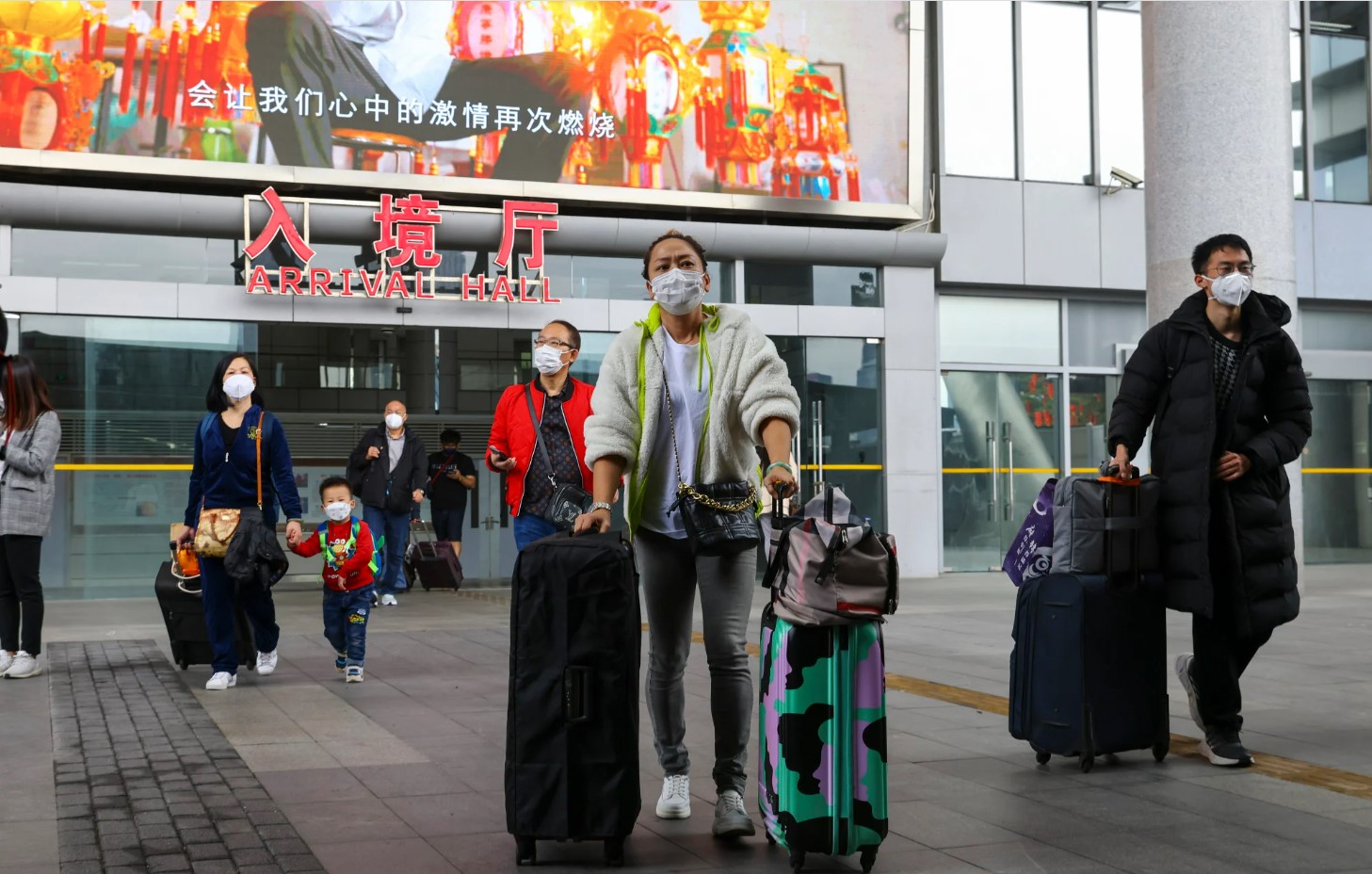
Tourists arrive in Shenzhen on the first day China reopened its borders on January 8, 2023. Photo: SCMP
China’s economic woes may be a result of its zero-Covid policy. The country’s draconian response to the pandemic, including mass lockdowns and border controls, may have saved more lives than efforts in the US and elsewhere, but it has had a much worse economic impact.
US economic policy expert Adam Posen said that what is happening in China is “the end of the Chinese economic miracle”. According to Mr. Posen, it is the strict Covid control rules that have made people worried about the country’s economic situation, so they hoard more despite low interest rates, leading to deflation.
Economists have also tracked a sharp drop in foreign direct investment into China, which could be a result of Covid-19 restrictions, as well as the US administration’s trade war with Beijing.
Recovery prospects
China's economic woes have reminded some observers of the difficulties Japan faced in the early 1990s, when the collapse of a giant asset bubble led to a decades-long cycle of deflation and stagnant growth.
However, China had some advantages over Japan in the 1990s.
Although China is the world's second-largest economy, it is not as rich as Japan was at the time of the economic crisis, and as a middle-income country it has plenty of room to grow.
Alicia Garcia-Herrero, chief economist for the Asia-Pacific region at investment bank Natixis (France), said that the situation of the two countries is quite similar, but the difference is that China is still growing.
“Although it is difficult to achieve 5% growth, at least China will not have negative growth like Japan at that time,” she said.
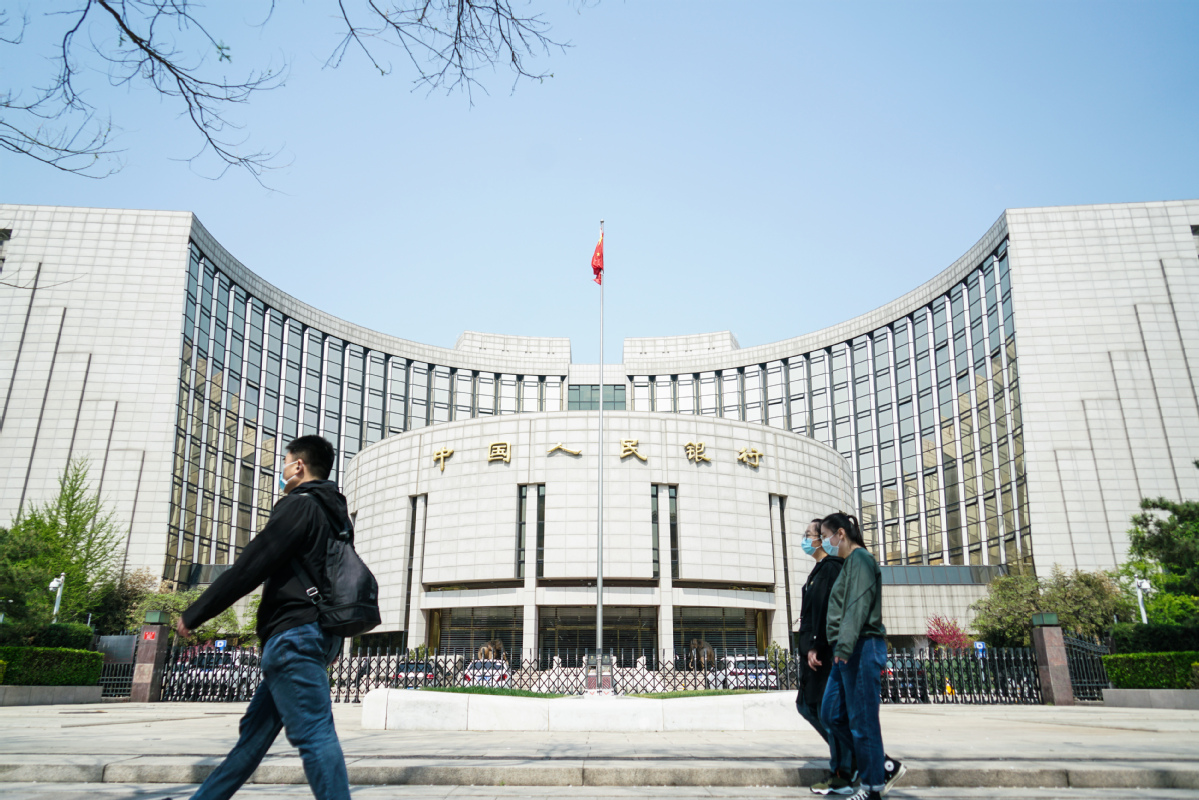
The PBOC's move to cut the one-year lending rate on August 21 disappointed many investors who had been waiting for more drastic moves from the Chinese government to revive the economy. Photo: China Daily
Interest rates in China are also much higher than those in Japan at the time of the crisis, meaning the Bank of China still has room to adjust its monetary policy, Ms. Garcia-Herrero said.
On August 21, the People's Bank of China (PBOC) cut the interest rate on one-year loans from 3.55% to 3.45% to support corporate lending.
Beijing could still roll out more support for the economy, but a large stimulus package is unlikely as it wants to target support at manufacturers rather than consumers, said Christopher Beddor, associate director of China research at consultancy Gavekal Dragonomics.
China's consumer prices could recover later this year if consumer confidence improves, and the biggest factor influencing consumer confidence is the economy's performance, Beddor said.
“If China's economic growth returns to 6-7%, household confidence will recover,” he asserted .
Nguyen Tuyet (According to Al Jazeera, Washington Post)
Source


![[Photo] Prime Minister Pham Minh Chinh chairs meeting on US imposition of reciprocal tariffs on Vietnamese goods](https://vstatic.vietnam.vn/vietnam/resource/IMAGE/2025/4/5/9b45183755bb47828aa474c1f0e4f741)





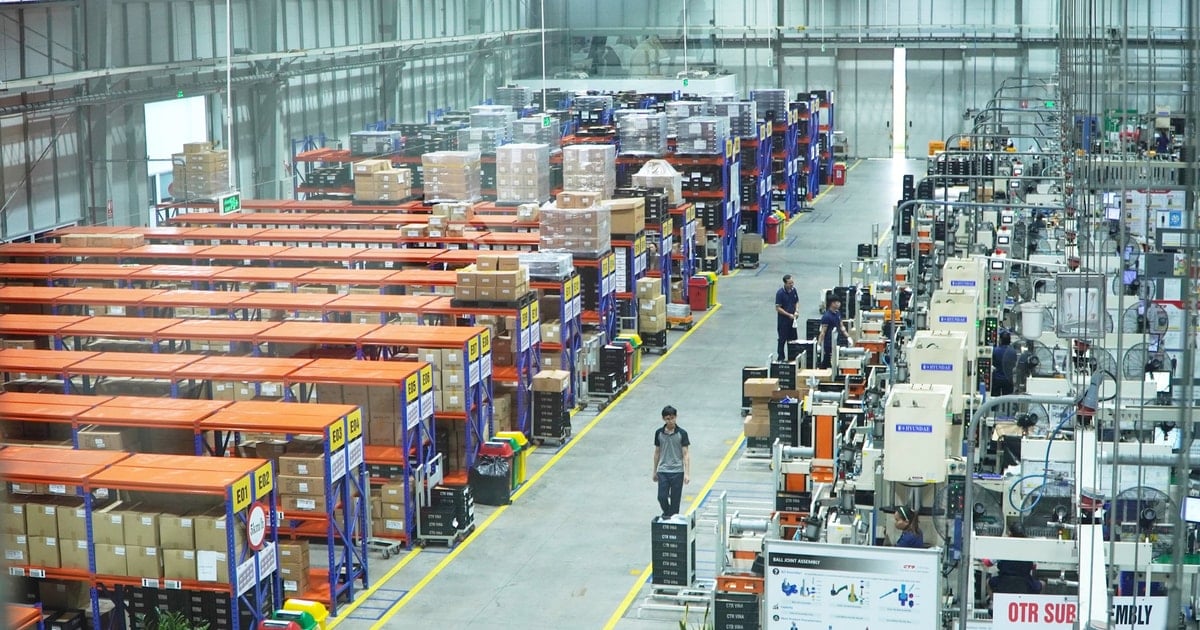


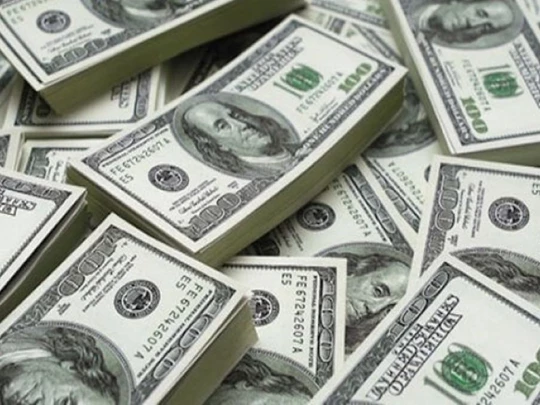

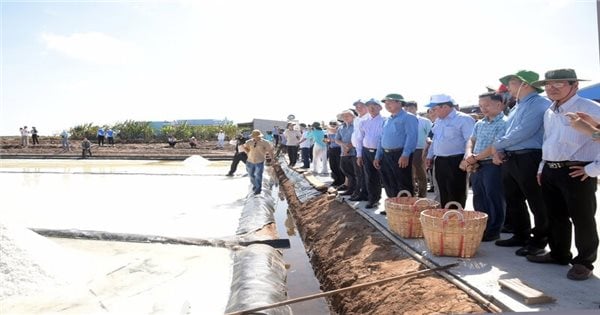

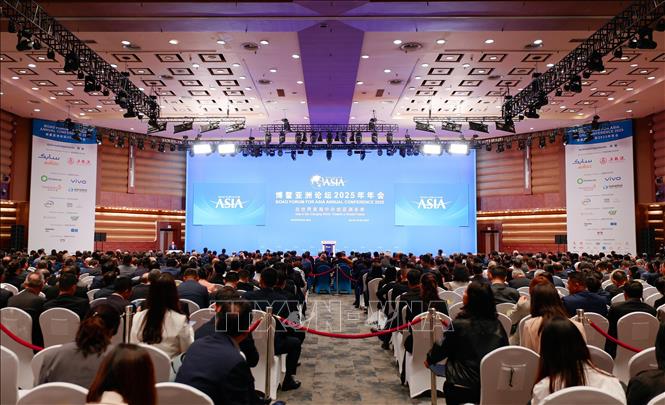



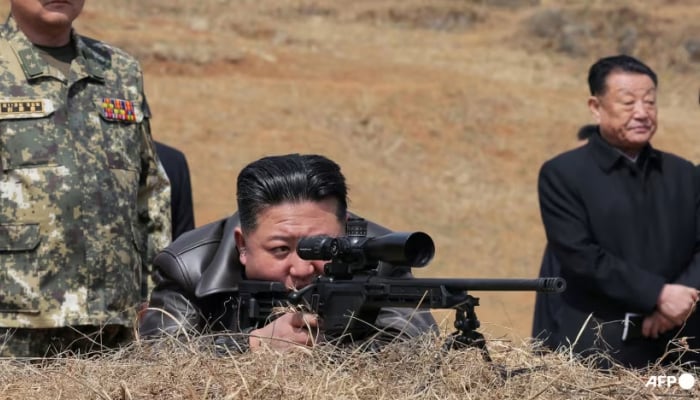

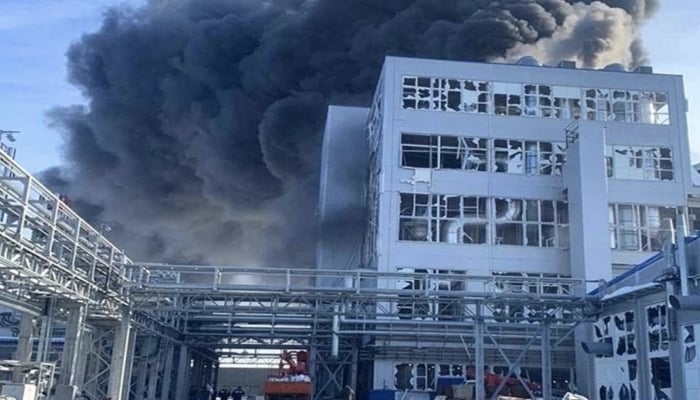

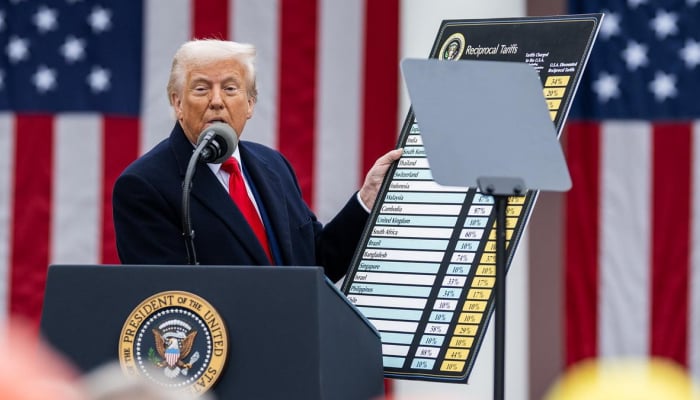



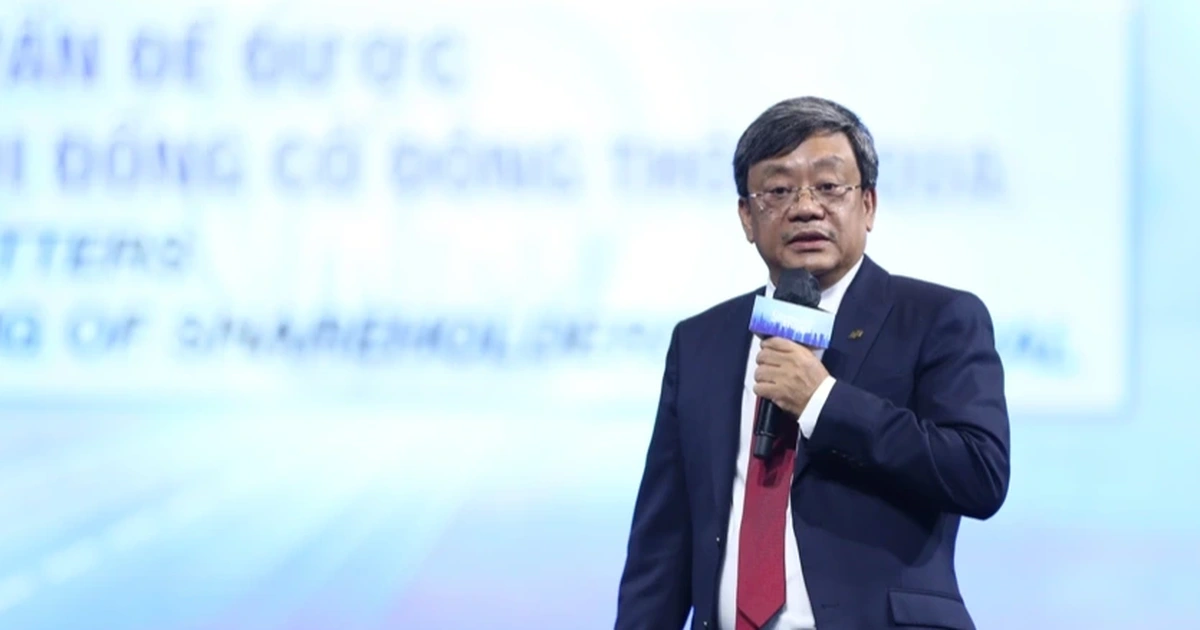




![[Photo] Dong Nai people warmly welcome the forces participating in the parade](https://vstatic.vietnam.vn/vietnam/resource/IMAGE/2025/4/5/ebec3a1598954e308282dcee7d38bda2)
![[Photo] Hanoi flies flags at half-mast in memory of comrade Khamtay Siphandone](https://vstatic.vietnam.vn/vietnam/resource/IMAGE/2025/4/5/b73c55d9c0ac4892b251453906ec48eb)










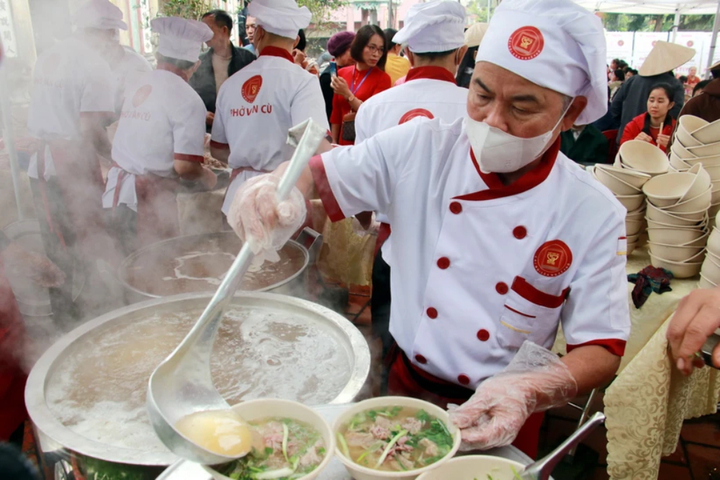





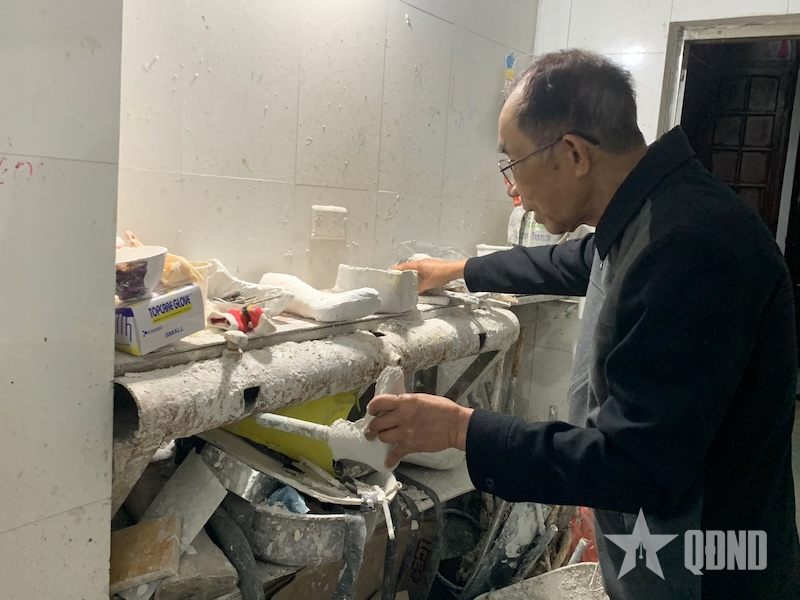





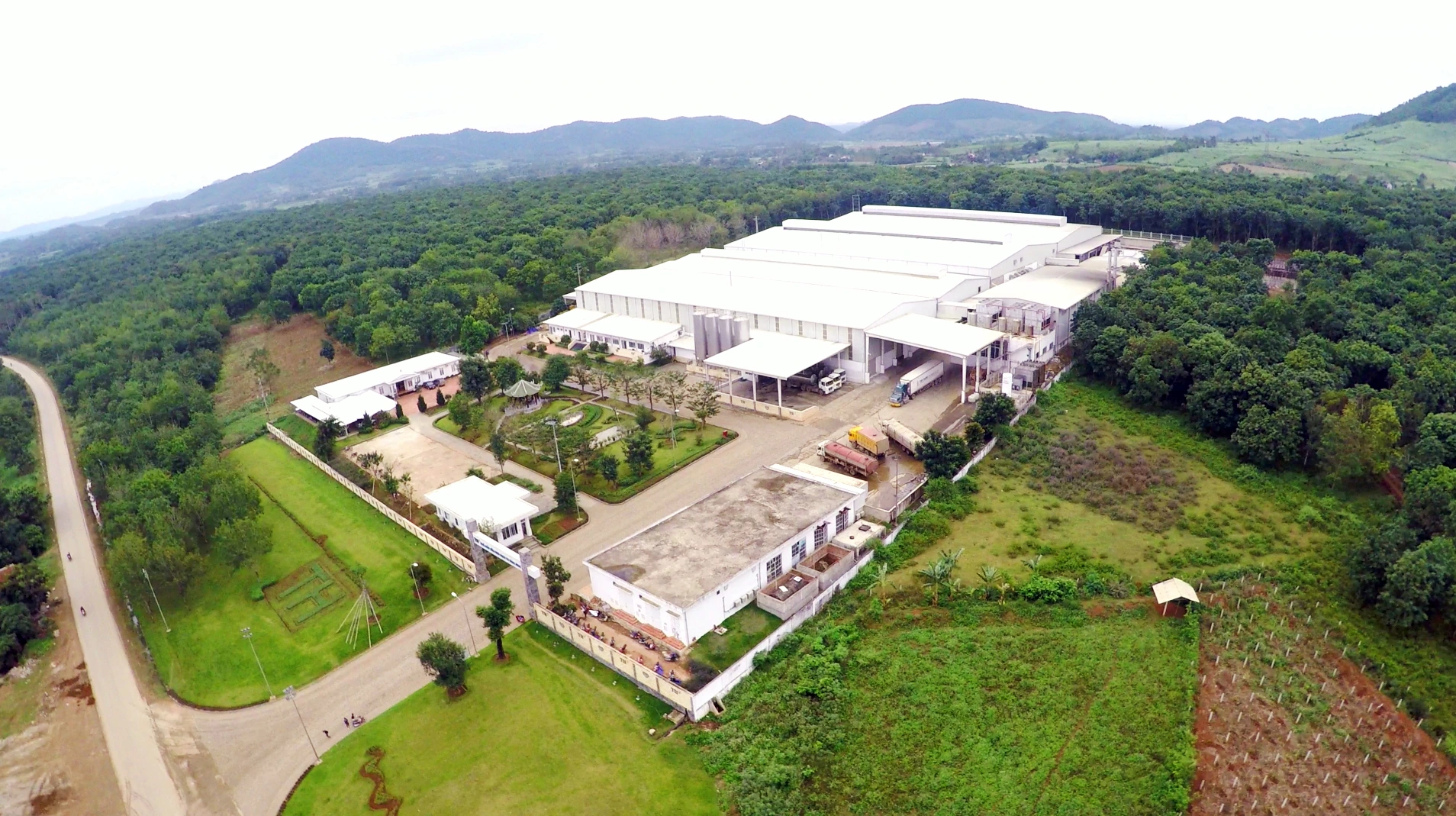








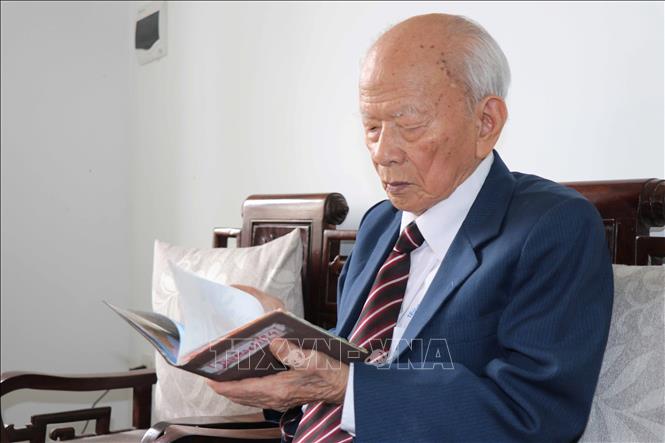




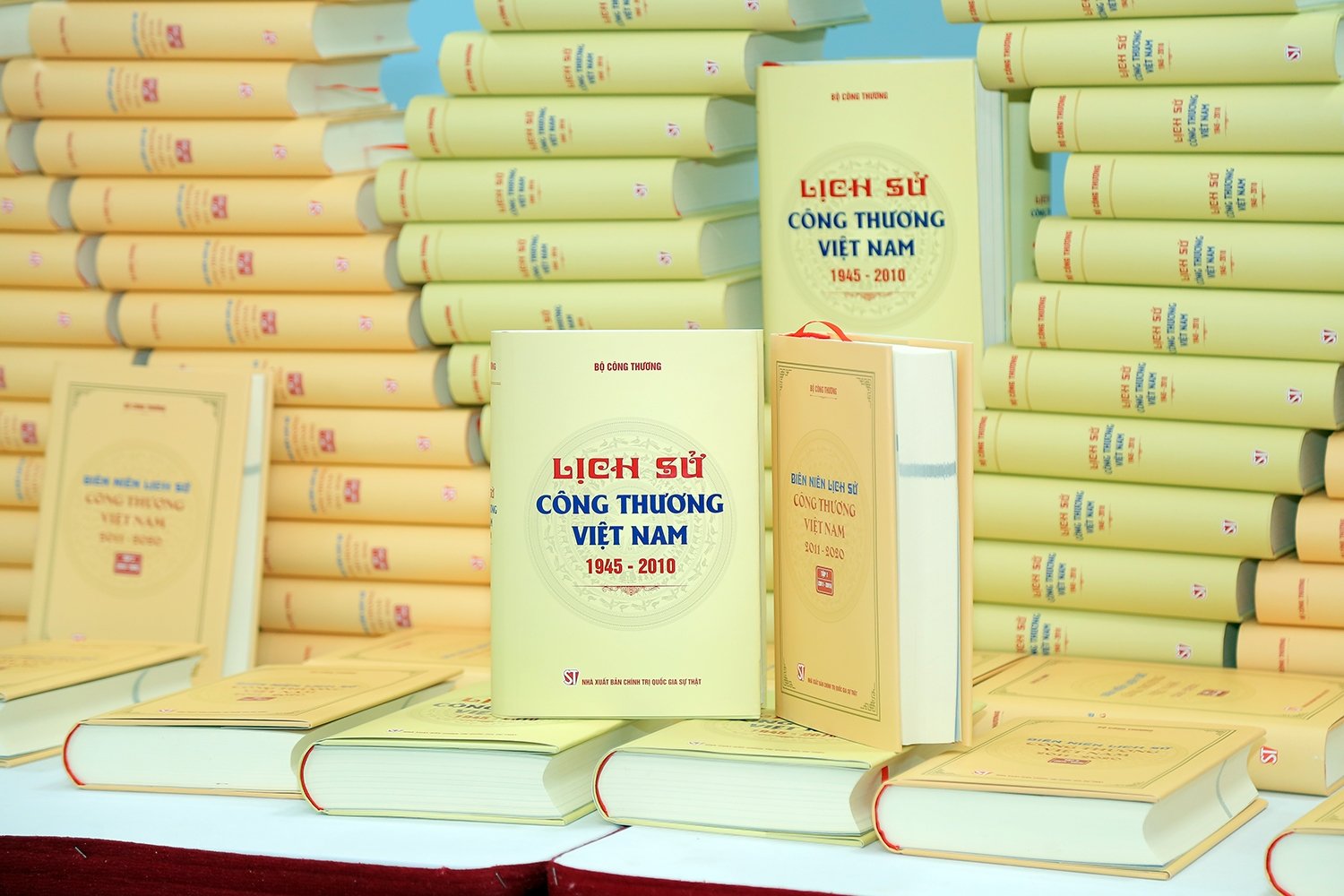

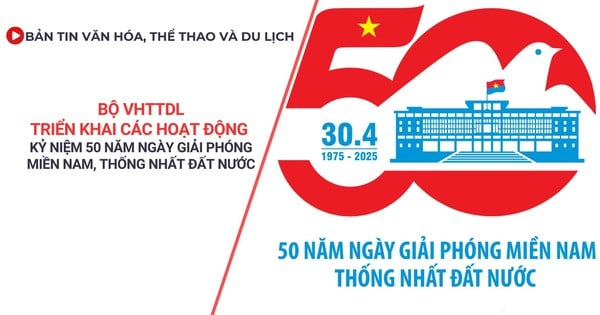


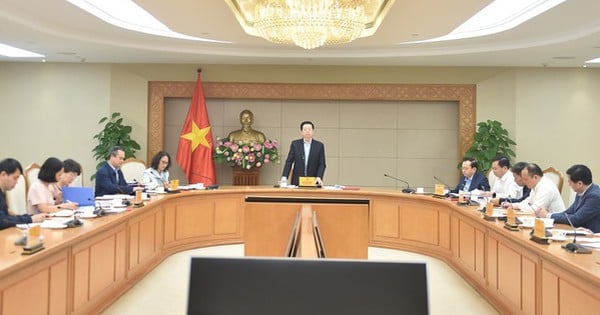








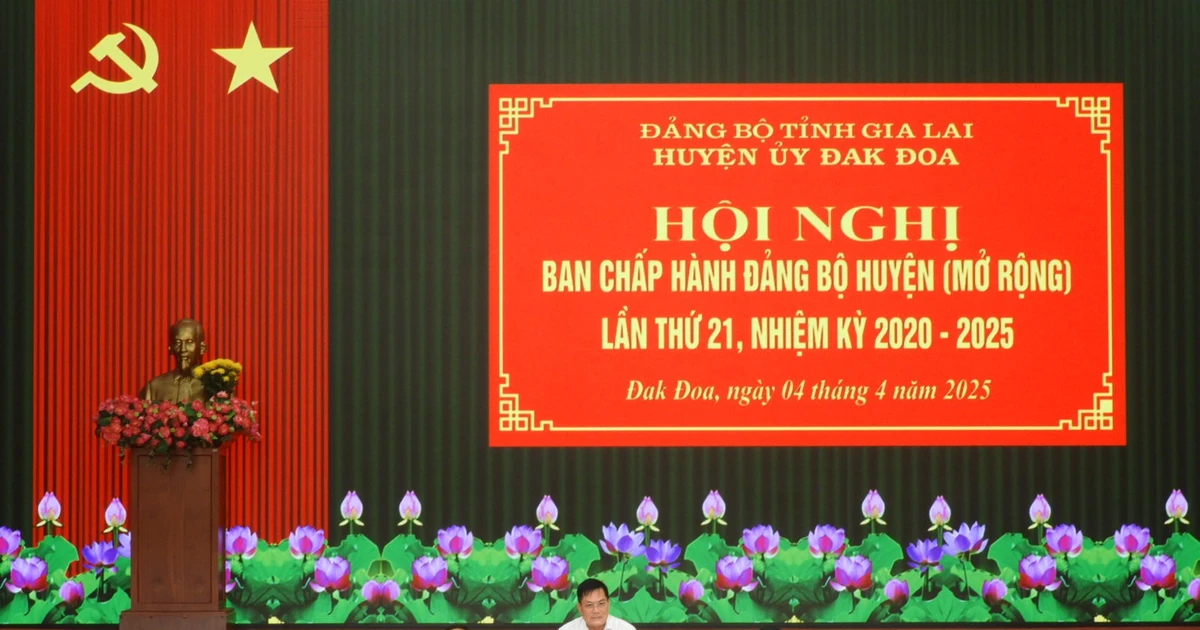









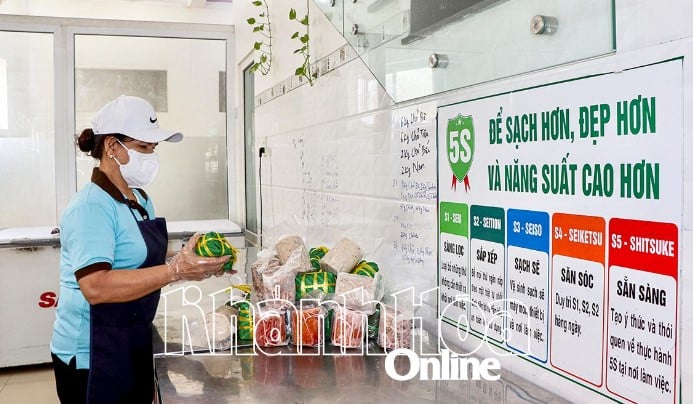

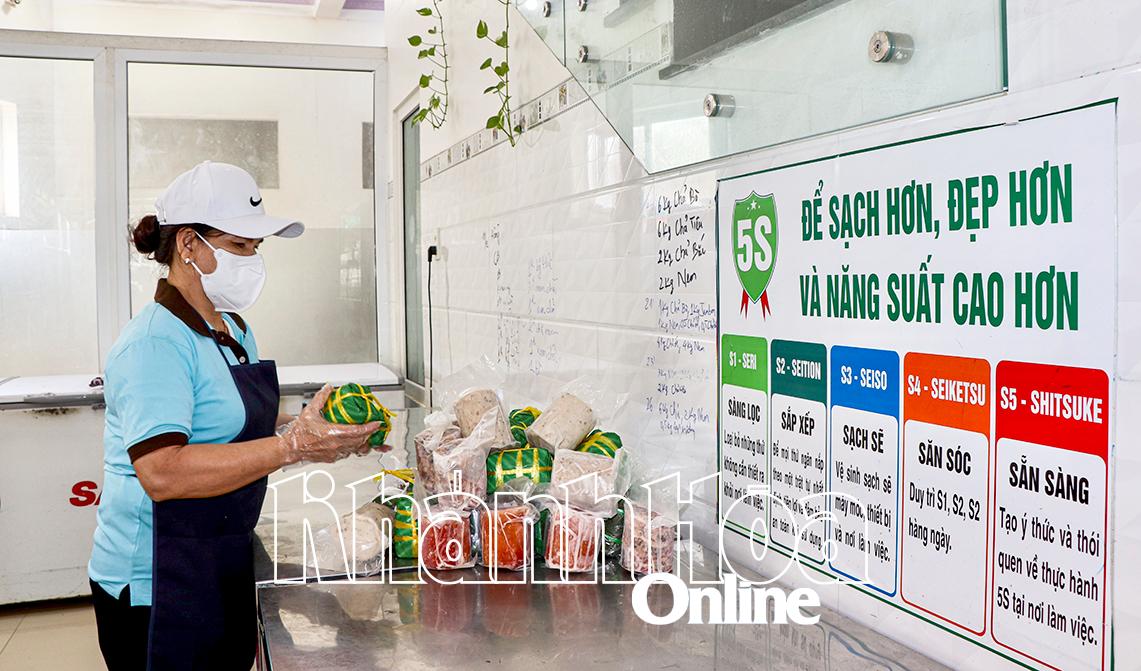
Comment (0)